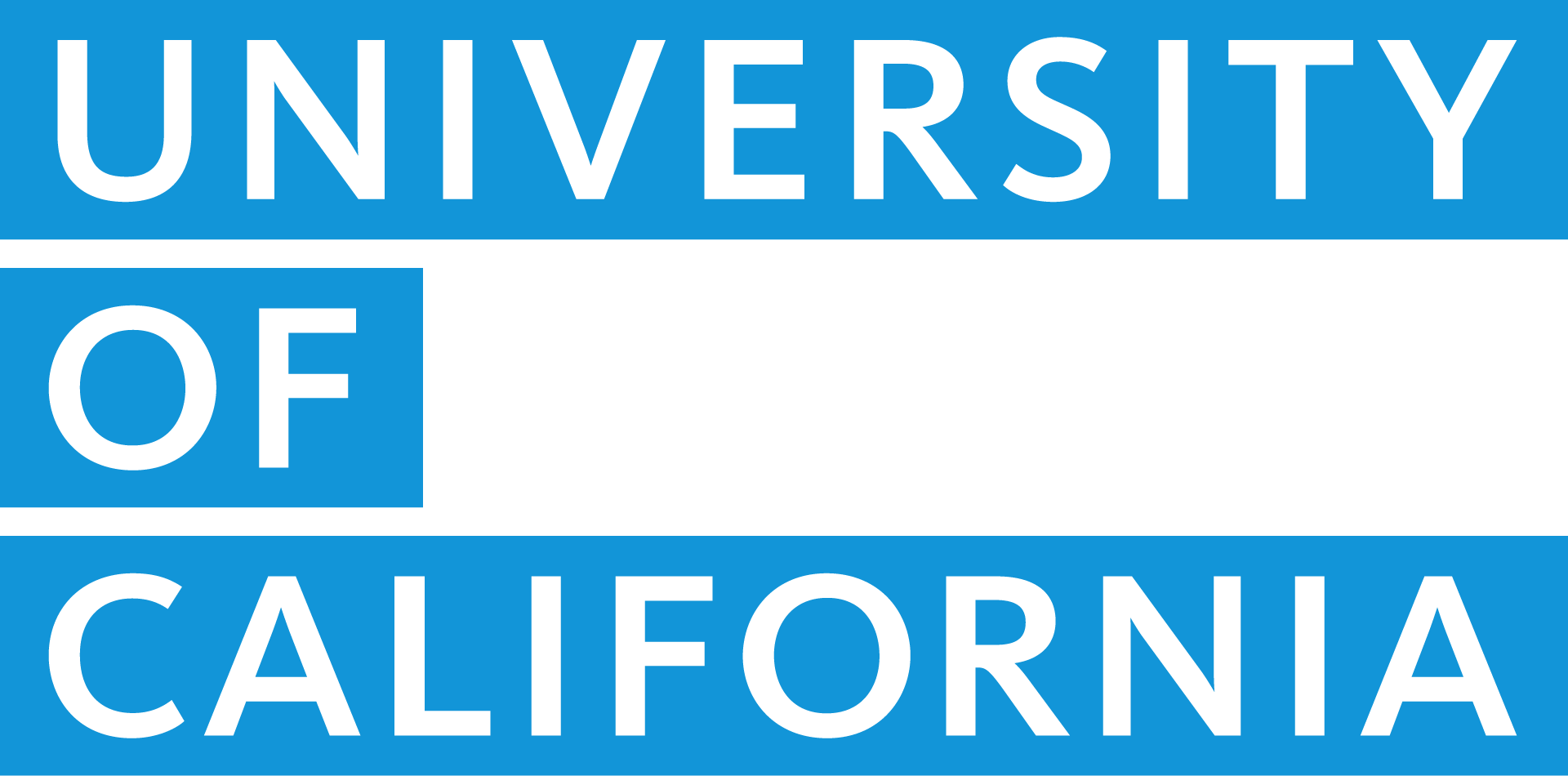UC Library Search: The next generation of inter-library lending is here
Share This Article

Over the past several years, UC librarians and staff have been working diligently to advance the university’s ability to share its immense library holdings — it is the largest university library system in the world — across its 10 campus libraries, two regional library facilities and the California Digital Library (CDL). On July 28, they launched UC Library Search, an innovative platform that aggregates search results from more than 40 million physical volumes across all campuses and seamlessly connects users with digitally available journals, books and library databases. In an introductory letter, President Drake called the creation of UC Library Search a “transformational moment.”
Benefitting researchers, staff and the university
Prior to the launch of UC Library Search, campus libraries used individual systems to manage their print and digital holdings, alongside separate systems for inter-campus borrowing. With UC Library Search, all UC library resources are united in one system. Library users benefit from the ease of accessing UC’s vast collections — 40+ million physical items, plus digital collections — through a centralized platform. This includes collections databases that are currently only offered as stand-alone services, such as ArticlesPlus. From first-year students to faculty, UC researchers can now pick up circulated materials at any UC campus — a process that is particularly beneficial to remote researchers. Library staff enjoy streamlined workflows and greater collaboration between collections management partners at other campuses.
UC Library Search was also created with fiscal responsibility in mind. The platform, which was developed with financial support from the Office of the President, cost 40% less than it would have cost UC’s 10 campuses to make infrastructure improvements separately. It also allows the libraries to access usage analytics, which can be used to inform collection development and vendor negotiations.
Exemplifying cross-campus collaboration
President Drake’s letter praised UC Library Search as “exemplary of the collaborative work occurring within our university ecosystem.” More than 150 staff from all 10 UC campuses and the CDL worked together within the systemwide cohort — with countless others contributing at the local campus level — to bring this project to fruition. The collaborative process gave participants an opportunity to expand personal and professional networks while building upon their knowledge of the university and its library systems.
“I feel so fortunate to have been able to meet and work with so many supremely talented library staff throughout the UC Libraries as a result of this project,” shared Sarah Houghton, director of discovery and delivery, CDL. “The depth and breadth of expertise each individual brought to this project have demonstrated how the impressive talent of UC library staff, when assembled in a systemwide endeavor, can yield amazing results. I’m now in contact with experts throughout the system with whom our team can continue to collaborate.”
“UC Library Search has greatly expanded my network of colleagues on campus, within the UC system and beyond,” said Stacy J. McKenna, assistant head of acquisitions at UCLA Library. “It’s also significantly increased my understanding of how other campus libraries operate, and how factors like size and available resources can influence decisions about vendor services, metadata creation and collection management. All of this has resulted in clear ideas about how to help improve my department’s operations going forward, and highlighted areas where I want to focus additional time to facilitate more in-depth understanding.”
In a message to all participants, project co-chairs Chris Shaffer, university librarian, UC San Francisco, and Günter Waibel, associate vice provost and executive director, CDL, wrote, “What started as a proposal and exploratory group in 2017 and culminated with the largest-ever collaborative initiative across the UC Libraries was only made possible by you, our incredible [UC Library Search implementation team]. The open lines of communication, shared decision making and collective enthusiasm for the project over these past 15 months have been nothing short of remarkable.”
